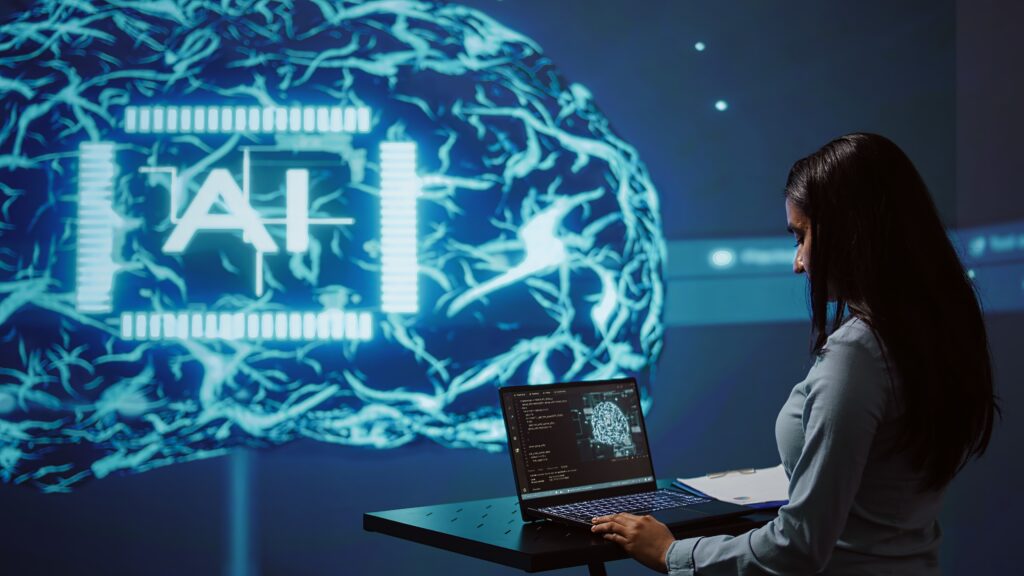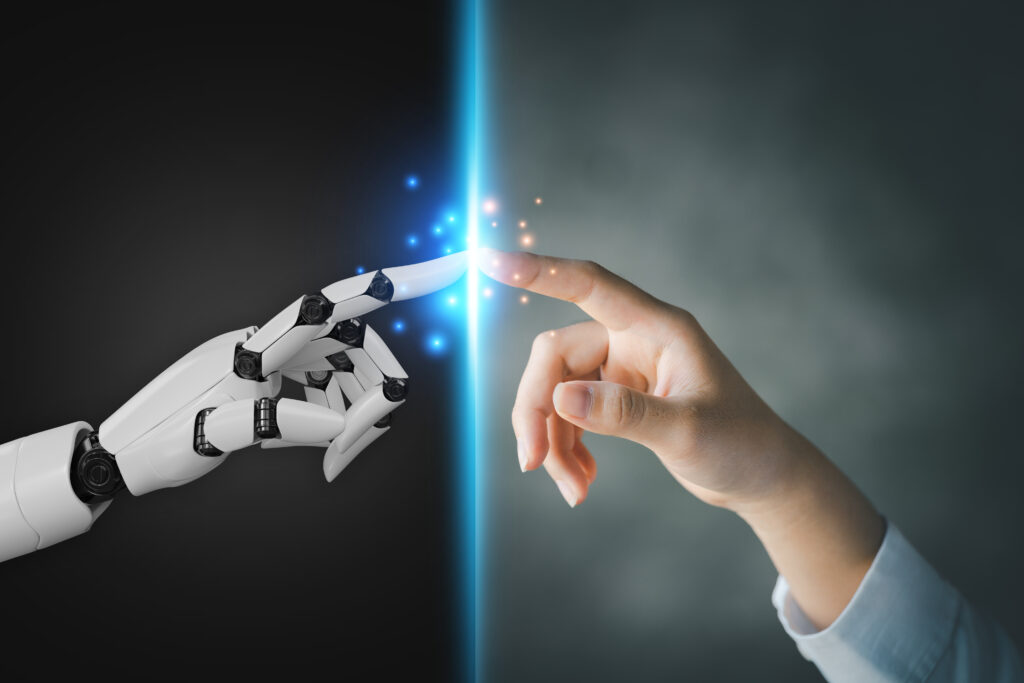Introduction
Artificial Intelligence (AI) is fundamentally transforming how we live, work, and interact with technology. From sophisticated self-driving vehicles to intelligent virtual assistants that anticipate our needs, AI is driving unprecedented innovation across industries. This comprehensive article examines AI’s transformative impact, various classifications, real-world applications, key challenges, and emerging trends shaping its evolution.
What is Artificial Intelligence?
AI encompasses advanced computer systems designed to simulate human cognitive functions. These systems can process complex information, learn from experience, analyze situations, and make informed decisions – capabilities traditionally associated with human intelligence. Modern AI combines sophisticated algorithms, vast datasets, and powerful computing resources to achieve increasingly impressive results.
Types of AI
1. Narrow AI (Weak AI)
- Specifically programmed for individual tasks like language translation, image recognition, or game playing
- Operates within strict predetermined parameters and cannot transfer learning between different domains
- Currently the most prevalent and commercially successful form of AI
2. General AI (Strong AI)
- Aims to replicate human-level cognitive abilities across multiple domains
- Possesses the capability to understand, learn, and apply knowledge flexibly
- Currently theoretical but represents a major goal in AI research
3. Super AI
- Represents AI systems that could potentially exceed human cognitive capabilities
- Theoretical concept exploring the possibilities of superintelligent machines
- Subject of extensive research and ethical discussions

Applications of AI
1. Healthcare
- Advanced diagnostic tools using machine learning for early disease detection
- AI-assisted surgical procedures with enhanced precision and safety
- Predictive analytics for personalized treatment plans and preventive care
- Drug discovery and development through AI-powered research
2. Finance
- Sophisticated fraud detection systems using pattern recognition
- Automated risk assessment for loans and insurance
- AI-driven investment strategies and portfolio management
- Intelligent customer service solutions with 24/7 availability
3. Education
- Adaptive learning platforms that adjust to individual student needs
- Automated assessment systems for objective evaluation
- Interactive virtual tutoring with real-time feedback
- Personalized curriculum development based on learning patterns
4. Business & Marketing
- Intelligent customer relationship management systems
- Predictive analytics for market trends and consumer behavior
- Automated content generation and social media management
- Supply chain optimization using AI algorithms
5. Autonomous Vehicles
- Complex navigation systems using real-time data processing
- Advanced safety features with predictive collision avoidance
- Environmental awareness through multiple sensor integration
- Continuous learning from collective driving experiences
Challenges in AI
- Ethical concerns including algorithmic bias, accountability, and transparency in AI decision-making
- Data privacy challenges related to collecting and processing personal information
- Security vulnerabilities in AI systems and potential for malicious exploitation
- Technical limitations in processing power and energy consumption
- Implementation costs including infrastructure, talent, and maintenance
- Social impact considerations regarding workforce displacement and economic inequality
The Future of AI
- Rapid advancement in neural network architectures and deep learning capabilities
- Increased integration of AI in urban infrastructure and public services
- Evolution of human-AI collaboration across professional fields
- Development of more energy-efficient AI computing systems
- Progress toward more transparent and explainable AI
- Potential breakthroughs in general AI research
Conclusion
Artificial Intelligence continues to push the boundaries of technological innovation, transforming industries and creating new possibilities. While significant challenges remain in terms of ethics, privacy, and implementation, the trajectory of AI development suggests an increasingly AI-integrated future. Success will depend on balancing technological advancement with responsible development practices.
FAQs
- What is the most common type of AI today?
- Narrow AI dominates current applications, powering everything from virtual assistants to recommendation engines and automated trading systems.
- Can AI replace human jobs?
- While AI automates certain tasks, it also creates new opportunities in AI development, maintenance, and oversight. The focus is shifting toward human-AI collaboration rather than replacement.
- What is deep learning?
- Deep learning is an advanced AI technique using layered neural networks to process information and learn patterns, similar to human brain function but with greater computational power.
- Is AI dangerous?
- AI presents both opportunities and risks. Proper governance, ethical guidelines, and security measures are essential to ensure responsible AI development and deployment.
- How will AI evolve in the next decade?
- AI is expected to become more sophisticated, with improved natural language processing, enhanced decision-making capabilities, and deeper integration into daily life through smart devices and systems.


